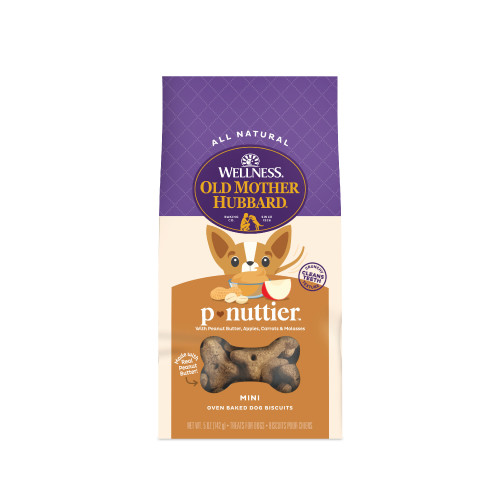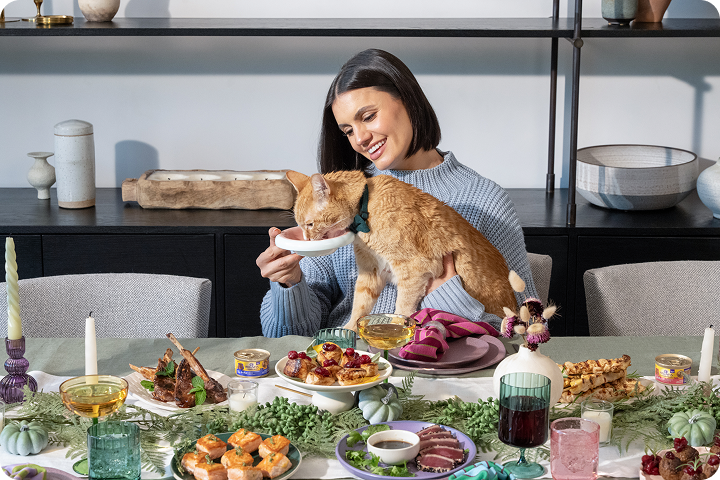September 3, 2025
Deciphering Your Cat’s Tail Body Language
Cat Tail Body Language
People who claim cats don’t show expression have just not spent time observing the many ways felines have mastered the art of communication.
In addition to vocalization, visual marking, and scent communication, cats use body language. If you observe the way they express emotion through body posture, along with eye and ear movement, you’ll learn so much about what’s going on in those furry heads. Tail position is another valuable body language indicator that can provide insight into a cat’s mood. Here are general tips about some tail positions and movements. Note: when trying to interpret tail position communication, also take total body language into consideration as well as the immediate circumstances. The descriptions below are to be viewed as general.
Upright Tail Position
A tail held upright while walking or standing indicates confidence and a willingness to interact. If the cat also gives a little flick of the tail tip, consider that an extra happy greeting.
Question Mark
The tip of the upright tail resembles a question mark. This is a friendly hello, as if the cat is saying I’m glad you’re home.
Lowered Tail Position
A tail lowered to the ground indicates fear, uncertainty, and possible aggression. This is a signal letting you know it’s best not to interact. A cat will also have a lowered tail position when hunting or about to pounce.
Relaxed Half-Mast
The tail is held even with the spine or slightly lower but the look is very soft. The tail usually sits in a relaxed “U” position. This is a typical tail position for a cat when walking. The key is that the tail is not stiff, as well as other body language signals indicating the cat is at ease. If the cat is crouching when walking with a half-mast tail, and facial expressions are not relaxed, then this is a tail position indicating concern. Observe the whole body posture.
Tail Curled Around the Body
When sitting or in a crouched position, the cat’s tail may be wrapped around the body. This is a position that depends on the circumstances. In some situations, the cat may sit this way when content. Another cat may have their tail in this position because they are scared, unsure of a situation, or maybe not feeling well. Look for clues by observing other body language signals as well, such as the eyes and ears. You’ll find this is often the tail position of outdoor cats when sitting or resting; they tend to tuck their tail around the body. In general, this tail position is saying the cat would prefer not to interact.
Tail Tucked beneath the Body
A cat who has tucked the tail between the hindlegs is very frightened. This is a submissive posture where the cat is trying to appear small and non-threatening. Don’t assume though that this posture says it’s safe to approach. If there’s no means of escape, the frightened cat may display defensive aggression.
Puffed-up Tail
The hairs stand on end (piloerection) and the tail looks like a bottle brush. The puffed tail will be straight up but don’t confuse that upright position with that of the friendly upright tail. This position is used when the cat is startled or frightened. The piloerection of the tail may occur by itself, or it may be accompanied by bristled fur along the spine. This to make the cat look bigger and more intimidating. This is done in an attempt to scare away a potential opponent.
Inverted “U” Position
This is typically a sign of feeling defensive. It’s the puffed-up tail, bristled fur arched back, but with the tail forming an inverted “U” position. This is a sign of defensive aggression. Some kittens may also display this when startled or engaging in play. With this posture, a kitten may also do a crab-like, sideways walk.
Quivering Tail
The cat is excited or anticipating something. You may notice your cat’s tail quivering while waiting for you to prepare a meal. A quivering tail is also seen when a cat urine-marks. The cat will back up to an object, the upright tail quivers and the cat will begin spraying.
Tail Lashing
A tail whipping back and forth indicates agitation and if that warning is ignored, aggression will likely follow. This is a clear message to give your cat some space.
Tail Twitching
This is a movement you may see when your cat is looking out the window at a bird or is about to pounce on a toy. The cat is focused and concentrating on a specific target. If you engage in interactive play with your cat, you may witness this movement as the excited cat crouches in anticipation of a pounce.
Tail Twining/Wrapping
While walking, cats may intertwine their tails as a gesture of affection and friendship. When resting, a cat may wrap their tail over another cat with whom they are bonded, as an affectionate display as well. Your cat may also gently wrap their tail over your arm when resting nearby. Consider it a cat’s version of a hug.
Changing Tail Positions
Pay attention to a change in tail positions as well as accompanying body language that indicate a mood shift. For example, your cat is enjoying being petted around the head and neck, but as you begin to stroke along the spine and base of tail, the tail starts lashing. What was relaxing and enjoyable has transitioned to being either too stimulating or even painful.
The bottom line? Cats are masters of communication and our job is to pay attention. If you learn to accurately read body language signals and respect what your cat is “telling” you, it will create trust and strengthen the bond you share.







